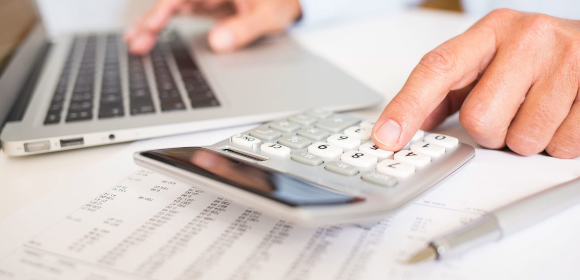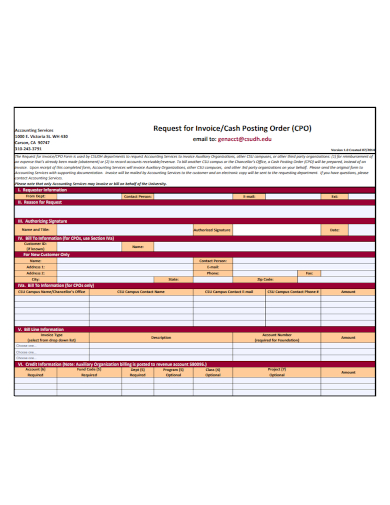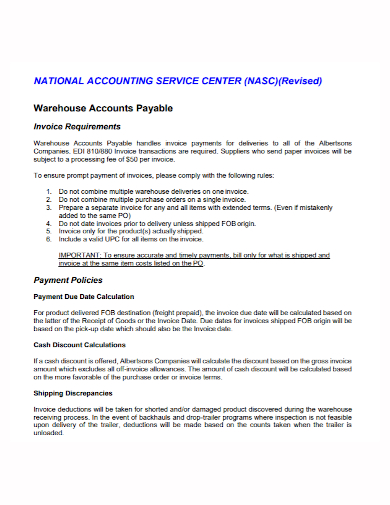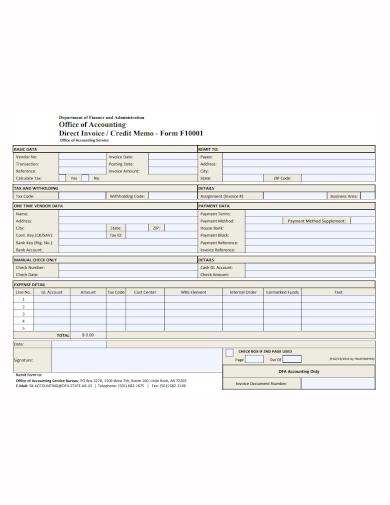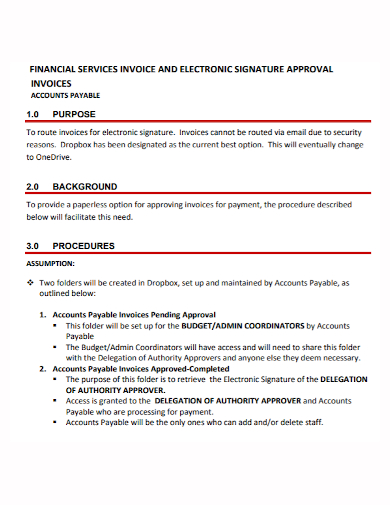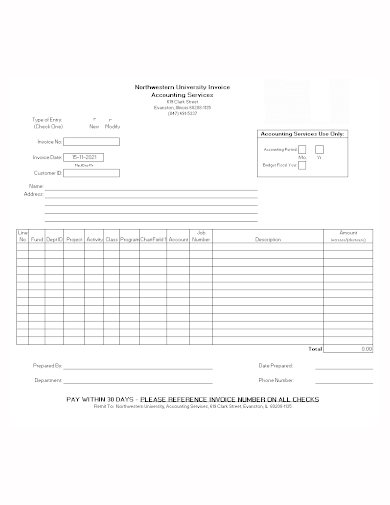Invoices must be kept for proper record keeping, and taxes must be paid quarterly or annually. Receipts are usually saved electronically in today’s world, and paper receipts are only used when the consumer does not provide an electronic option, such as e-mail. As proof of payment, the customer must be given a receipt. Receipts can be used for a variety of purposes aside from proving ownership. Many stores, for example, require a receipt from a customer to exchange or return items, whereas others require a receipt (typically issued within a specific timeframe) for product warranty purposes. Receipts are also useful for tax purposes because the IRS requires proof of certain expenses.
An invoice documents the transfer of a valuable item from one party to another. Receipts are issued in business-to-business and stock market transactions, in addition to receipts issued by merchants and service providers. When a futures contract, for example, expires, the holder is typically given a delivery instrument that functions as a receipt and can be exchanged for the underlying asset.
5+ Accounting Service Invoice Samples
1. Accounting Service Invoice Template
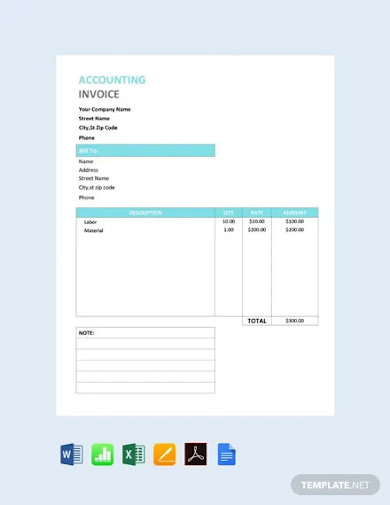
2. Accounting Service Request for Invoice
3. Warehouse Accounting Service Invoice
4. Office Accounting Service Invoice
5. Financial Accounting Service Invoice
6. University Accounting Service Invoice
How To Write an Accounting Service Invoice?
- A service invoice can be issued with this paperwork
Using the paperwork on this website, you can keep track of the money you’ve received from your client. To begin, decide whether you want to create this document with the necessary information using a word processing tool (such as Microsoft Word) or a PDF editor. Click the “PDF” button or link if you want to insert information or simply print this document from your browser; otherwise, click “Word” or “ODT” for a word processing file. You can open this document after saving it to enter information directly onscreen or print it. - The receipt header is expected to detail the payee
The first few lines of this receipt are blank and are used to document the identity, location, and contact information of the company. Fill in the Payee’s full name on the “Company Name” line. In addition to this basic information, you should record the Payee’s phone number (s). Fill in the appropriate information in this field for the Payee’s “Phone” and “Fax” numbers. - Present the details that must be recorded
The “Date” this document was issued is one of the first things that will be used to identify it. This information is appropriately labeled in the first designated space beneath the Payee’s information. This receipt’s transaction number should be unique and entered in the “Receipt #” field. - Document the customer with the concerned payment history
In the middle of this receipt, which consists of a brief table, the information characterizing the payment paid can be effectively documented for future reference. The four-column table on this page can be seen in the middle. Keep track of all the quantities ordered by your Business Client in the first column. This information must be combined with the “Description” of the order. Our next definition request will be for the “Unit Price” of the ordered business products on this receipt. This is the cost of one item, unit, or service. Finish the row by multiplying the amount by the “Unit Price,” which must be entered in the “Total” box at the bottom. A few more blank lines will appear below the table to summarize the financial data recorded. After adding all of the values in the “Total” column, write the result on the “Subtotal” line. Of course, the issue of taxation must be addressed. Determine the applicable “Tax Rate” and enter it on the following blank line. After multiplying your reported “Tax Rate” by the “Subtotal,” write the result on the “Tax” line. The “Total Amount Due” line should be reported after adding “Subtotal” and “Tax.” Additional payment information will be requested in the “Customer/Client Information” section. The Payer’s identification must be attached to the blank lines that comprise this section of the receipt on the line labeled “Name.” Fill in the details exactly as they appear on the payment method (if applicable). Produce the Payer’s address as it is listed with any credit card company or banking institution associated with the recorded payment on the “Street Address” and “City, State, Zip” lines. If available, add the Payer’s phone number and e-mail address to their respective lines in this section. A few check box items labeled “Payment Method” will appear just across the page from the Payer’s information. - Only the payee can execute this document
The person in charge of reporting the above information must sign the “Authorized Signature” line to validate its accuracy. The final line, “Title,” was added to reveal the Signature Party’s relationship with the corporate entity.
FAQs
What are the types of business receipts?
- Cash register tapes, deposit information (cash and credit sales), receipt books, invoices, and 1099-MISC forms are examples of gross receipts.
- Purchase receipts and raw material receipts (These should demonstrate the amount paid and confirm that the purchases were essential business purchases; papers could include canceled checks or other documentation that identify the payee, amount, and evidence of payment/electronic fund transfers.)
- Tape receipts from the cash register
- Receipts and statements from credit cards
- Invoices
- Petty cash slips are used for modest monetary transactions.
What is a business receipt template?
A business receipt template is a document that acknowledges payment for a company’s product or service. Unlike an invoice, which is sent to customers and clients as a “demand for payment,” a business receipt is issued only after the transaction has been completed. Most businesses will require a receipt when returning or refunding a product. For tax purposes, a receipt may also be required to validate the validity of the purchase.
A receipt is a document that serves as proof of a financial transaction, such as the purchase of goods or services, the donation of items, the deposit of funds to secure a lease or the withdrawal of petty cash from a business fund. Receipts are essential record-keeping documents that can help customers, corporations, and other organizations keep track of their transactions. This is especially important during tax season, when individuals may need receipts to claim deductions and businesses may need receipts to support an audit.
Related Posts
FREE 8+ Business Consultant Invoice Samples in PDF
FREE 10+ Conference Invoice Samples in PDF
FREE 10+ Consultant Invoice Samples in PDF
FREE 10+ Sample Invoice for Consulting Services in PDF
FREE 3+ Cake Invoice Samples [Wedding, Birthday, Order]
FREE 9+ Agriculture Invoice Samples in MS Word | MS Excel | Google Docs | Google Sheets | PDF
FREE 10+ Work Invoice Samples in MS Word | Google Docs | Google Sheets | MS Excel | PDF
FREE 10+ Professional Invoice Samples in MS Word | Google Docs | Google Sheets | MS Excel | PDF
FREE 10+ Cleaning Invoice Samples in MS Word | Google Docs | Google Sheets | MS Excel | PDF
FREE 6+ Massage Invoice Samples in MS Word | MS Excel | Google Docs | Google Sheets | PDF
FREE 10+ Work Order Invoice Samples in MS Word | MS Excel | Google Docs | Google Sheets | PDF
FREE 5+ Legal Service Invoice Samples in MS Word | MS Excel | Google Docs | Google Sheets | PDF
FREE 10+ Hourly Invoice Samples in PDF | MS Word | Google Docs | Google Sheets | Excel
FREE 5+ Architecture Invoice Samples in MS Word | MS Excel | Google Docs | Google Sheets | PDF
FREE 10+ Customer Invoice Samples in MS Word | MS Excel | Google Docs | Google Sheets | PDF
